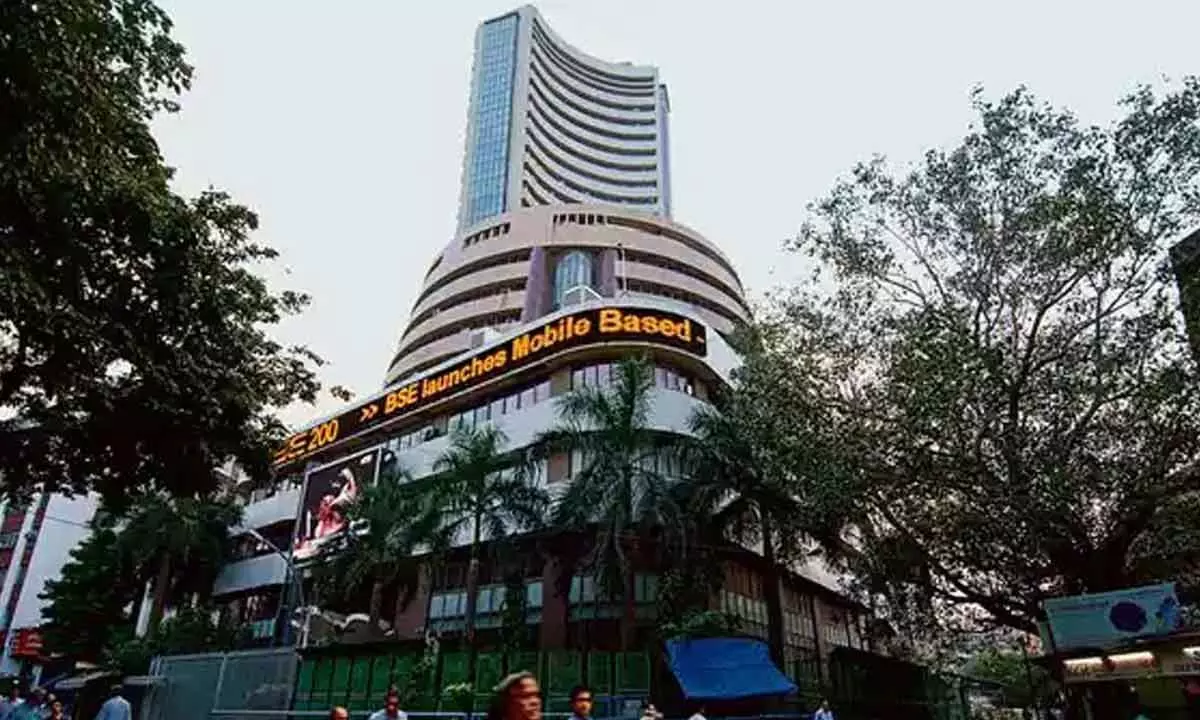What fuelled the Sensex’s sugary rush of 1,100 points today?
In a remarkable trading session, Nifty reached an all-time high while Sensex soared by 1,100 points, surpassing 75,400. This surge was largely fueled by the Reserve Bank of India (RBI) announcing a substantial dividend of Rs 2.1 lakh crore to the government
image for illustrative purpose

In a remarkable trading session, Nifty reached an all-time high while Sensex soared by 1,100 points, surpassing 75,400. This surge was largely fueled by the Reserve Bank of India (RBI) announcing a substantial dividend of Rs 2.1 lakh crore to the government, providing a significant boost to market sentiment.
RBI's Dividend Fuels Optimism
The RBI's dividend, which amounts to approximately 0.4% of India's GDP, is expected to enhance the government's fiscal capacity for FY2025. This infusion is anticipated to either bolster government expenditures or facilitate a more aggressive fiscal consolidation than initially planned, according to ICRA's Chief Economist, Aditi Nayar. The increased capital available for infrastructure and other expenditures is likely to improve the quality of the fiscal deficit.
Market Reactions and Projections
Investors have responded positively to the dividend news, with Sensex jumping over 1,100 points and Nifty rallying 1% to surpass 22,900 for the first time. Analysts view this as a macroeconomic positive, potentially reducing fiscal deficits and lowering bond yields, which in turn could stimulate the financial markets broadly.
Santosh Meena, Head of Research at Swastika Investmart, compared the funds infusion to an indirect rate cut, predicting a reduction in bond yields and an overall positive impact across financial markets. The improved fiscal outlook could lead to upgrades in India's economic forecast.
Economic and Market Implications
Economists suggest the government might split the windfall between revenue and capital expenditures, or use part of it to reduce market borrowings and the fiscal deficit, as noted by Emkay Global's Lead Economist, Madhavi Arora. This strategy is expected to lower sovereign and corporate borrowing costs, benefiting the bond market and promoting a bullish trend.
Dr. V K Vijayakumar of Geojit Financial Services highlighted the sharp decline in bond yields, reflecting lower government borrowing needs. This is particularly advantageous for banking stocks, with Nifty Bank outperforming and PSU rail and defense stocks surging in anticipation of increased capital expenditure.
Political and Market Outlook
Prime Minister Narendra Modi's recent interview with The Economic Times further buoyed investor sentiment. He projected both the BJP and the stock market to reach new highs on June 4, coinciding with the Lok Sabha election results. This political optimism, coupled with the RBI's financial boost, has fortified market confidence.
Despite ongoing selling by Foreign Institutional Investors (FIIs) in the cash market, analysts foresee a potential shift towards buying, which would provide additional market support. Nifty futures saw a 2.5% increase in fresh longs intraday, with aggressive put options writing from 22,500 PE to 22,800 PE, establishing a strong support base around 22,600-22,700 levels.
Looking forward, Nifty is expected to expand further, with a near-term target of 23,000 and the possibility of reaching 24,000 as election results draw closer. While large-cap stocks are anticipated to continue performing well, mid-cap and small-cap stocks might underperform, according to Meena. The RBI's significant dividend payment has injected optimism into the Indian markets, potentially reducing fiscal deficits and stimulating infrastructure spending, while political factors also play a supportive role. The bullish momentum in large-cap stocks is likely to persist, although the performance of mid-cap and small-cap stocks may lag behind.

